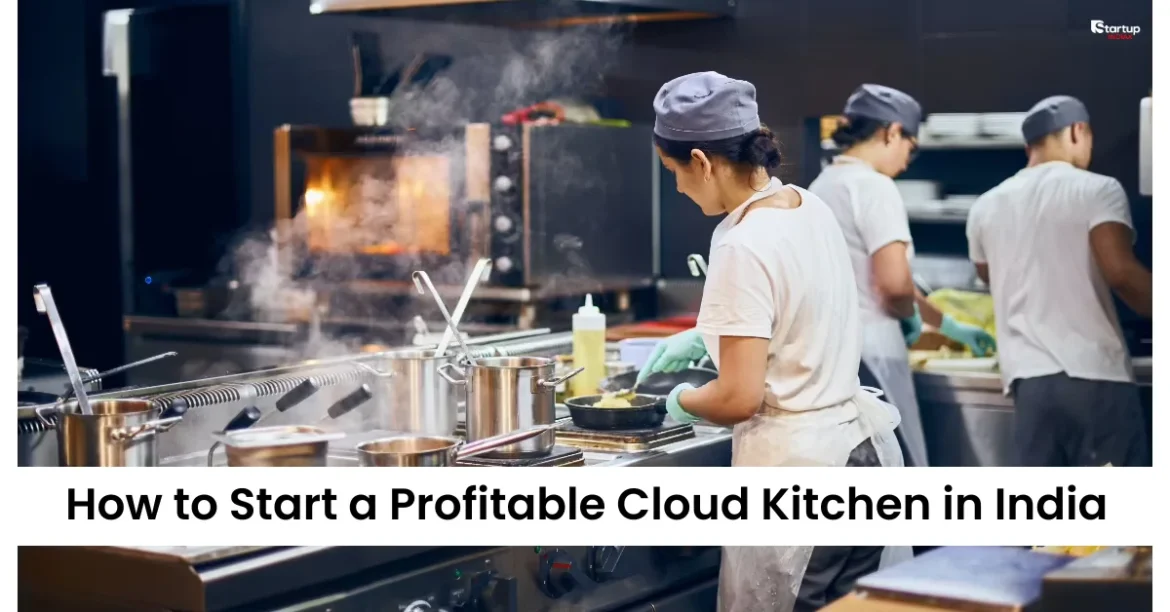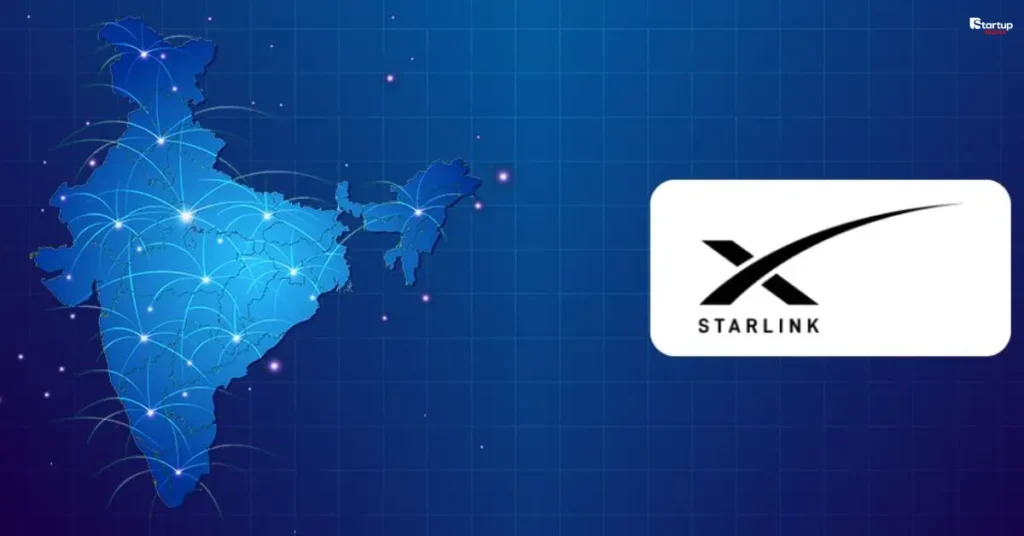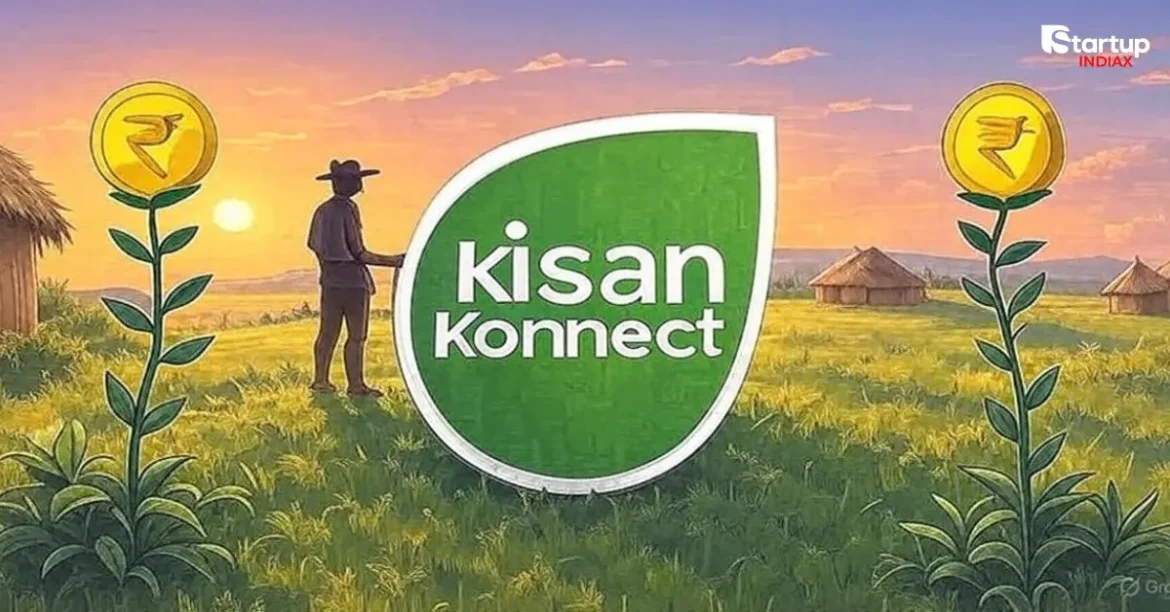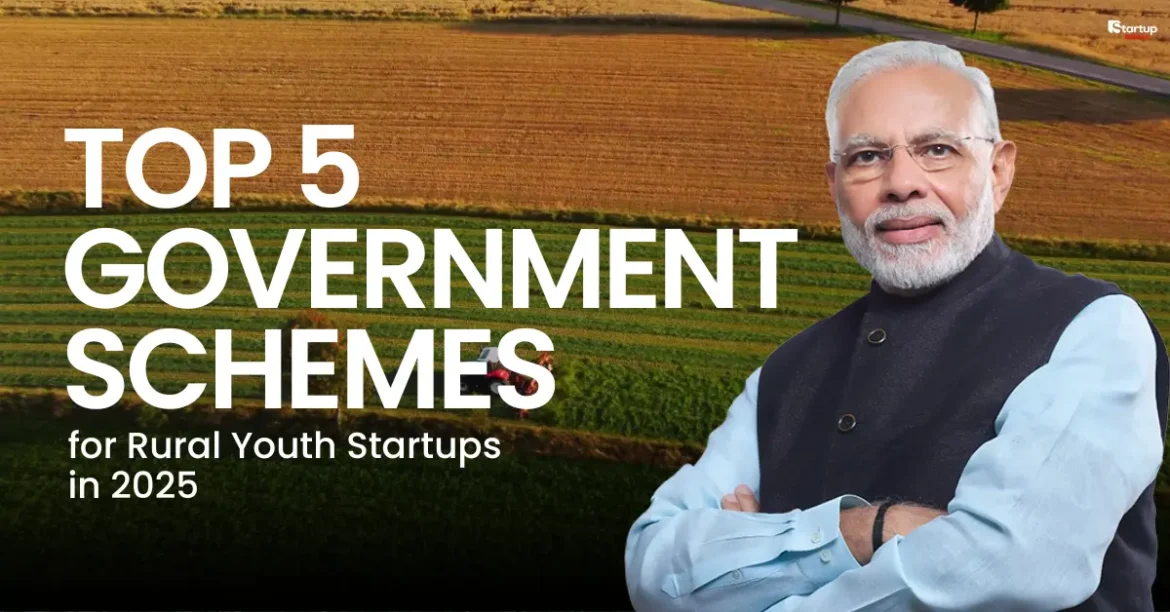- Indian deeptech startups raised $2.3B in Q1 2025, with top VCs launching dedicated funds worth $800M+
- Why top VCs are betting big centers on 60% cost advantages, IIT talent density, and $500M government backing
- Semiconductor design, AI infrastructure, and climate tech dominate funding at $890M, $620M, and $410M respectively
Why top VCs are betting big on Indian deeptech startups has become the question on every investor’s lips in 2025. With over $2.3 billion already poured into the sector this year, venture capitalists from Silicon Valley to Singapore are racing to back India’s most ambitious tech founders. From quantum computing labs in Bangalore to AI chip designers in Pune, Indian deeptech is no longer a future promise. It’s happening right now, and the smart money knows it.
What’s Driving the Deeptech Investment Boom?
The numbers tell a compelling story. Indian deeptech startups raised $2.3 billion across 147 deals in the first quarter of 2025 alone, marking a 340% jump from the same period last year. Peak XV Partners, Accel, and Elevation Capital are leading the charge, with international players like Sequoia and Andreessen Horowitz opening dedicated India deeptech funds.
The shift is dramatic. Five years ago, Indian VCs hesitated on deeptech, viewing it as too capital-intensive and slow-burning. Today, they’re fighting for allocation in funding rounds that close within weeks.
Why Indian Deeptech Makes Business Sense Now
The talent density has reached critical mass. IIT graduates who once fled to Stanford or MIT are staying home or returning, armed with PhD degrees and Valley experience. Companies like SaaSBoomi report that 67% of their deeptech members have at least one founder with international research credentials.
Cost advantage remains unbeatable. Building a semiconductor prototype costs 60% less in India than in the US, while accessing world-class AI researchers runs at one-third the Silicon Valley rate. This efficiency translates directly to runway and competitive moats.
Government backing has transformed from symbolic to substantial. The National Deeptech Startup Policy unveiled in January 2025 offers $500 million in matched funding, streamlined IP protection, and fast-track regulatory approvals for sectors like biotech and space tech.
Read More: Why Top VCs Are Betting Big on Indian Deeptech Startups in 2025
Which Sectors Are Attracting the Biggest Bets?
Semiconductor design leads the pack. With global chip shortages still fresh in corporate memory, Indian startups like Signalchip and Mindgrove are landing contracts with automotive and telecom giants. The sector pulled in $890 million in Q1 2025, positioned as the next major export category after IT services.
AI infrastructure follows closely. Startups building India-specific large language models and edge computing solutions raised $620 million. Companies like Sarvam AI and Krutrim are hyped as potential challengers to global AI monopolies, with models trained on Indian languages and cultural contexts.
Climate tech and clean energy round out the top three. With India’s net-zero commitments creating regulatory tailwinds, battery technology and carbon capture startups are seeing unprecedented investor interest, accounting for $410 million in recent funding.
Read More: AI Startups: How India’s Innovators Are Shaping 2025
Netizens React
The deeptech boom is sparking heated debates across startup communities. One tech founder wrote, “Finally VCs are looking beyond food delivery clones. Indian innovation deserves this moment.”
A skeptical investor commented, “The hype feels like crypto 2021. How many of these deeptech startups have actual revenue?” The concern about commercialization timelines remains valid, with average time-to-market ranging from 4-7 years.
An IIT professor observed, “My best students aren’t taking BigTech offers anymore. They’re joining deeptech startups at half the salary because they believe in building foundational technology.”
What Risks Do Investors Face?
The deeptech model requires patient capital. Unlike SaaS startups that can achieve profitability in 18 months, hardware and research-heavy ventures need 5-8 year horizons. Market volatility could test VC commitment when LP pressure mounts.
Talent retention remains challenging despite improving trends. Global tech giants still outbid startups for specialized skills in quantum computing and advanced materials science.
Are Indian deeptech startups the next global tech giants, or is this another investment bubble waiting to burst? Share your perspective in the comments below! For more breaking stories on India’s startup revolution, explore the latest insights on Startup INDIAX – your daily dose of tech trends and founder journeys.
FAQs
What are deeptech startups?
Deeptech startups build solutions based on fundamental scientific or engineering breakthroughs, like AI chips, quantum computing, or biotech innovations requiring years of R&D.
Why are VCs suddenly interested in Indian deeptech?
VCs recognize India’s talent pool, 60% cost advantages, government policy support, and successful exits like Mindgrove’s acquisition proving commercial viability.
Which Indian deeptech sectors receive the most funding?
Semiconductor design leads at $890M in Q1 2025, followed by AI infrastructure ($620M) and climate tech ($410M) as top investment categories.
How long do deeptech startups take to become profitable?
Most deeptech ventures require 5-8 years to reach profitability due to extensive R&D cycles, longer than typical SaaS models at 18-24 months.
Who are the top VCs investing in Indian deeptech startups?
Peak XV Partners, Accel, Elevation Capital, Sequoia, and Andreessen Horowitz are leading investors, with dedicated India deeptech funds launched in 2025.


















